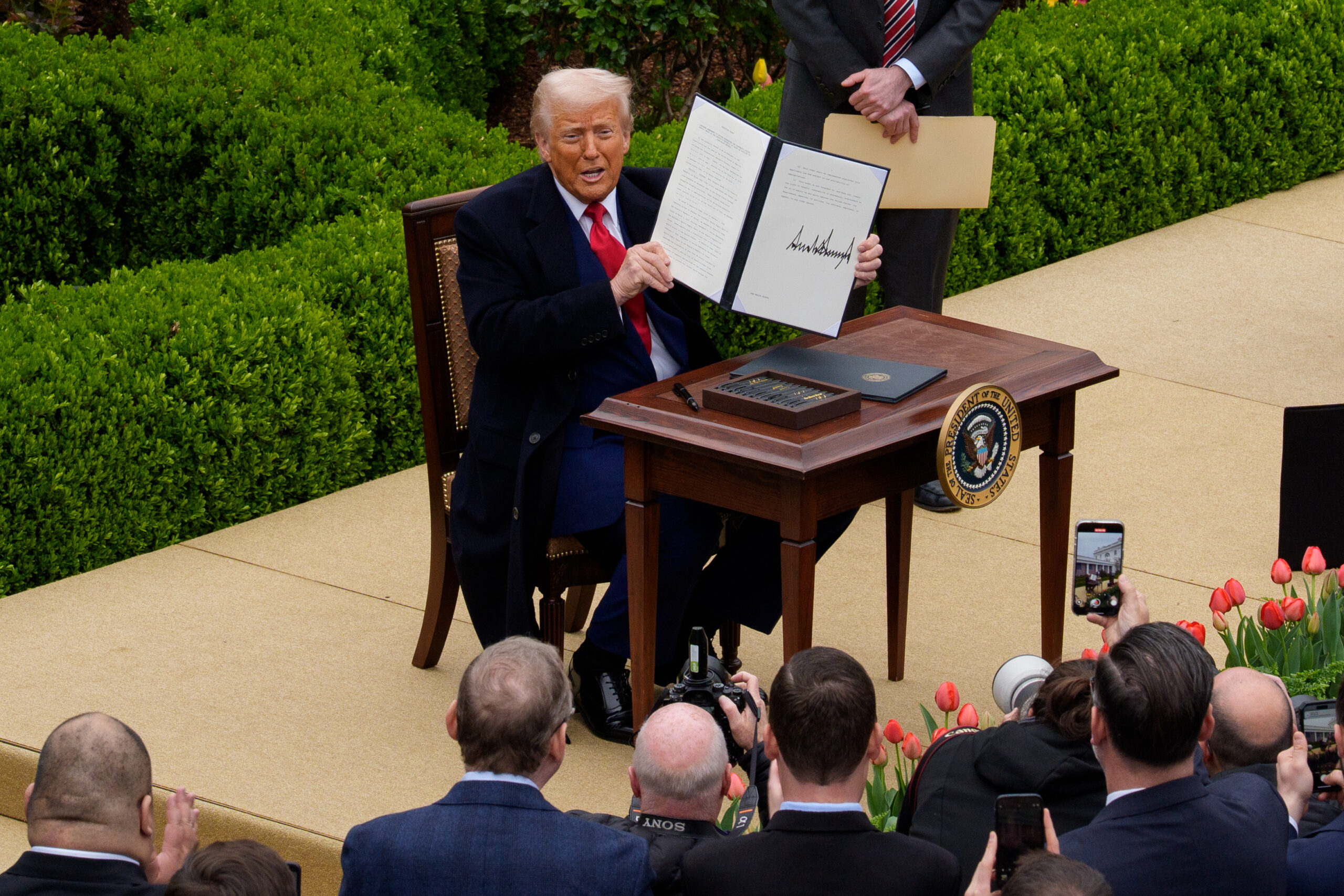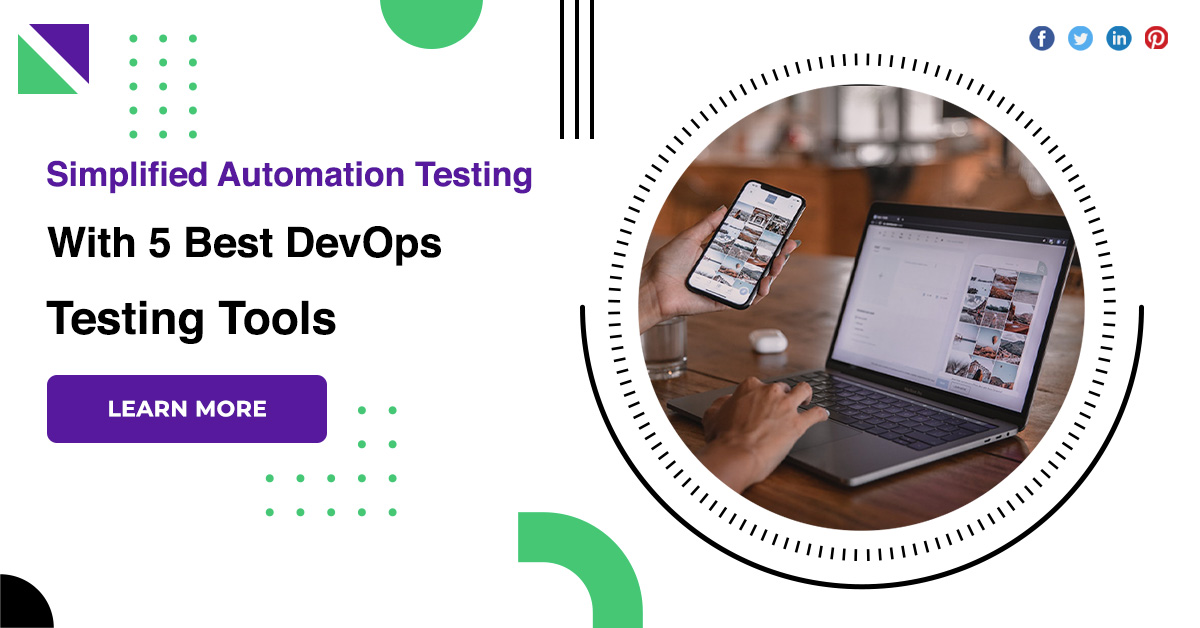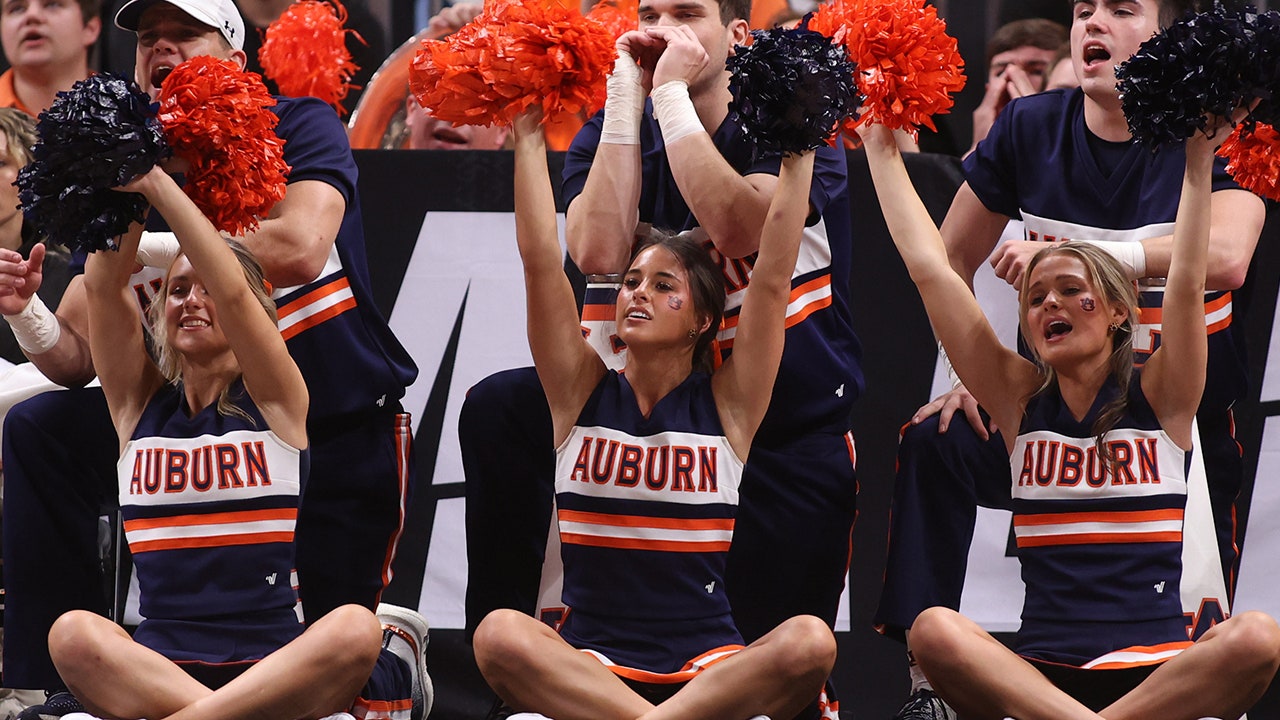Diffusion LLMs: Introduction
In a world where we have relied on autoregressive models to drive AI, a new approach is quietly gaining momentum- Diffusion Large Language Models (dLLMs or diffusion LLMs). Unlike the models we are used to, which predict text one word at a time, dLLMs start from a cloud of noise and gradually refine it into meaningful output. This unique method could change how AI handles language, offering a new path with exciting potential.
Diffusion LLMs bring a big change in how we create language with AI. This new method is inspired by how AI creates images, like in Stable Diffusion, where a messy image slowly turns into a clear picture.
Instead of creating text word by word like models such as GPT, which predicts the next word based on the previous one, dLLMs work differently. They start with random noise and slowly clean it up step by step to create clear text. This process is faster and more efficient, allowing these models to handle tasks more smoothly, especially when working with longer pieces of text. It could also help reduce the heavy computer power needed by older models, making it a better and faster solution.
So why is this exciting?
This innovative approach has been drawing attention from AI experts like Andrej Karpathy, who pointed out that while we have seen diffusion work wonders in image and video generation, it’s curious why text generation has stuck with the left-to-right method. As Karpathy puts it, diffusion in text could open up new possibilities with different strengths, weaknesses, and even insights into how we perceive language. Read here.
But it’s not just theory- dLLMs are already making waves.
Inception Labs recently released Mercury Coder, the first commercially available diffusion LLM, creating a buzz across both the research community and the AI industry. Unlike traditional models, Mercury Coder uses a diffusion-based approach where gibberish text evolves into coherent language, similar to how image generation models like Stable Diffusion work.
Additionally, LLaDA (Large Language Diffusion Model with Masking), introduced by Shen Nie and others, is advancing the field of text generation. By combining diffusion techniques with a unique masking strategy, LLaDA offers a fresh approach that significantly improves performance on a variety of language tasks, challenging traditional models and pushing the boundaries of what’s possible in AI-driven text generation.
Want to dive deeper? Let’s explore how diffusion LLMs work and why they could change the game for AI-driven language.
How Do Such Diffusion LLMs Work?
At the core of Diffusion LLMs is the process of gradually transforming noisy data into clear and structured text. The approach to DLLMs is inspired by how diffusion models are used in image generation. In image models, noise is progressively removed from a random image until a clear, meaningful picture emerges. Similarly, for text, LLaDA works through a two-step process: masking and denoising.
1. The Process: Masking and Denoising
Imagine you are trying to generate a text explaining how photosynthesis works. Instead of starting with a fully formed sentence, Diffusion LLMs begin with a jumbled, noisy version of the text. This process can be broken down into two major stages:
Forward Process (Masking)
LLaDA starts by taking a sequence of tokens (words or parts of words) and randomly masking a percentage of them. It’s like you are trying to describe photosynthesis, but certain parts of the text are deliberately hidden, making it incomplete and messy.
Noisy Sequence
“Photosynthe is a process by which plants use sunlight to produce their own foo.”
This version of the sentence doesn’t make much sense yet, but it’s the starting point.
Reverse Process (Denoising)
Now, LLaDA goes to work. It gradually “unmasks” or “denoises” the sequence, step by step, until the response emerges clearly. The model refines the noisy sentence bit by bit, predicting and filling in the masked words until we arrive at the desired output.
The Outcome After Refinement
“Photosynthesis is a process by which plants use sunlight to produce their own food.”
This iterative denoising approach allows the model to clean up the text in several stages, making sure that the final result is structured and meaningful. It’s like chiseling away at a rough stone until the statue of the final text emerges.
2. LLaDA’s Training Process
LLaDA is trained in two main phases: Pretraining and Supervised Fine-Tuning.
- Pretraining: During pretraining, a mask predictor (a Transformer model) is trained to restore the masked tokens. Random masking of tokens (both from the prompt and the response) is applied, and the model is trained to predict the missing tokens using a cross-entropy loss function. This step helps LLaDA learn to restore missing information efficiently, even in large datasets like the 2.3 trillion tokens used in the training.
- Supervised Fine-Tuning: After pretraining, the model undergoes supervised fine-tuning. In this stage, the model is trained to predict tokens only from the response, while the prompt is kept intact. This helps LLaDA improve its ability to follow instructions and handle more structured tasks like multi-turn dialogues. Researchers performed fine-tuning on 4.5 million samples and focused on improving the model’s generation of coherent responses.
3. Inference: Generating Text with LLaDA
Once trained, LLaDA generates text using a process called reverse diffusion, where it starts with a noisy sequence and refines it through several iterations. Let’s walk through an example to make this clearer:
Initial Step: Starting with a Fully Masked Response
Given a prompt, say “How do trees produce oxygen?”, the model begins with a sequence where the entire response is masked. It’s all noise.
Example of Initial Noisy Text
“Tre prod oxyg by usin sunsy to produ foo.”
This sequence is almost unreadable, but that’s exactly what we want, starting from a chaotic, noisy version of the sentence. Then, the model begins its work.
Gradual Unmasking Process
Over multiple iterations, LLaDA unmasks tokens one by one, predicting and refining each step of the response. Each new iteration improves the output, bringing it closer to a final, coherent result.
Here’s how it might look in action:
- First Pass
“Trees produce oxyg by usin sunsy to produ food.” - Second Pass
“Trees produce oxygen by using sunlight to produce food.” - Final Pass
“Trees produce oxygen by using sunlight to produce food through photosynthesis.”
Final Output
“Trees produce oxygen by using sunlight to produce food through photosynthesis.”
4. Remasking Strategies: Enhancing Output Quality
To ensure the highest quality text generation, LLaDA uses two advanced remasking strategies during the inference phase:
a) Low-Confidence Remasking
Some tokens might be harder for the model to predict, especially when it’s unsure about the correct word to use. In such cases, the model re-masks the least confident predictions and refines them in later iterations. This way, the model doesn’t settle for a prediction it’s not sure about and ensures higher accuracy.
Example of Low-Confidence Remasking
Let’s say the model is generating a response to the question “How do trees produce oxygen?” and at one point it predicts “oxg” instead of “oxygen.” It recognizes that “oxg” is a low-confidence prediction and re-masks it, choosing to refine it later on in the next pass.
b) Semi-Autoregressive Remasking
For prompts that require shorter answers (like “How do trees produce oxygen?”), The response may be filled with end-of-sequence tokens- tokens that are very predictable and don’t add much to the content. To avoid over-generating these predictable tokens, LLaDA uses a semi-autoregressive approach. The model divides the response into blocks and processes each block separately, ensuring that shorter responses are more focused and coherent.
Overall, the power of Diffusion LLMs, like LLaDA, lies in their ability to refine and improve noisy, incomplete text step by step. Instead of generating text sequentially, token by token, the model starts with a chaotic, noisy sequence and iterates through multiple stages of refinement.
The result?
High-quality, contextually relevant responses are generated more efficiently and in less time. By using techniques like low-confidence and semi-autoregressive remasking, LLaDA is able to generate coherent and natural-sounding responses with far less computational cost compared to traditional methods.
It’s like sculpting a masterpiece from a block of noise- slowly, steadily, and with accuracy. Lets further read what more you can get with diffusion LLMs!
What Makes Diffusion LLMs Worth Looking Into?
The emergence of diffusion LLMs, such as Mercury Coder by Inception Labs and LLaDA, signals a transformative shift in language modeling, offering distinct advantages over the dominant autoregressive models like ChatGPT and Claude. Let’s check what makes dLLMs worthy.
1. Speed and Efficiency

Diffusion LLMs offer significant performance gains through parallel token generation. For example, Mercury Coder can generate over 1,000 tokens per second, making it 5- 10x faster than traditional models. This parallel processing is ideal for real-time applications such as chatbots and coding assistants, reducing latency and providing a more responsive user experience.
2. Improved Coherence and Output Quality
Diffusion models excel in maintaining coherence over long texts, addressing issues that auto-regressive models face with long-range dependencies. By processing entire sequences in parallel, diffusion LLMs can produce more contextually accurate and consistent responses, reducing hallucinations. LLaDA, for example, demonstrates strong performance in instruction-following, making it better suited for structured tasks.
3. Creative Flexibility and Controllability
Diffusion LLMs have the advantage of revising their outputs during multiple passes. Unlike auto-regressive models, which fix a word once chosen, diffusion models can adjust the generated text during the process. This iterative approach offers greater creative flexibility and control, allowing for more nuanced, contextually appropriate responses.
4. Potential Cost Benefits
While the initial training of diffusion models may be costlier, their operational costs could be lower due to faster generation times and parallel processing. These models could prove more cost-efficient in scenarios where real-time performance is critical, although further research is needed to fully assess the long-term cost benefits.
Diffusion LLMs and Auto-regressive LLMs: A Comparison

Auto-regressive LLMs have been the dominant technology in natural language processing, exemplified by models like GPT-3, which generate text one token at a time. This sequential process, though effective, often leads to higher computational costs and latency, especially with more complex tasks.
In contrast, Diffusion LLMs are a newer approach inspired by diffusion models used in image generation. These models are designed to generate text more efficiently and with greater flexibility, offering potential advantages over the traditional auto-regressive method.
Key Differences
| Parameter | Autoregressive LLMs | Diffusion LLMs |
| Speed | Produces around 100 tokens per second, limited by its sequential nature. | Generates over 1000 tokens per second, much faster, ideal for real-time applications. |
| Generation Method | Generates text token by token, working sequentially. Can be slow for long-form content. | Uses a parallel, coarse-to-fine approach, refining text iteratively for faster output. |
| Scalability | Well-established, widely supported, and scalable across industries. | Emerging technology and scalability need validation in real-world contexts. |
| Controllability | Limited flexibility; once a token is chosen, difficult to adjust earlier decisions. | Greater flexibility; allows for error correction and refinement through multiple passes. |
| Efficiency | Computationally expensive due to step-by-step token generation. | More efficient, up to 10 times more cost-effective with parallel generation. |
The Future Implications of Diffusion LLMs
dLLMs are set to introduce a new era of possibilities for language models, offering several exciting advancements:
- Resource Efficiency for Edge Applications: dLLMs are highly efficient, making them well-suited for resource-limited environments like mobile devices, laptops, and other edge deployments. This ensures AI accessibility across a wide range of devices.
- Advanced Reasoning in Real-Time: Unlike traditional auto-regressive models, dLLMs enable rapid error correction and quick thinking. Hence, allowing for advanced reasoning that can fix hallucinations and enhance the quality of generated responses in mere seconds.
- Controllable and Flexible Text Generation: dLLMs offer greater control over the generation process to allow users to infill text, modify outputs, and produce responses that meet specific criteria, such as format requirements or safety guidelines.
- Enhanced Performance for Complex Agent Tasks: With their speed and efficiency, dLLMs are ideally suited for agentic applications that require long-term planning and extended text generation. This enables more dynamic and intelligent autonomous systems.
These capabilities suggest that dLLMs will play a critical role in shaping the next generation of AI, particularly in areas requiring faster, more efficient, and customizable solutions.
But wait, it is not as easy to implement as it sounds. Challenges are always there. Let’s check what you may face.
Overcoming the Hurdles: The Path Ahead for dLLMs
While diffusion LLMs offer promising potential, several challenges have to be addressed:
- Training Complexity: The training process for diffusion LLMs is complex, requiring extensive computational resources and time. This makes it more challenging to implement compared to autoregressive models.
- Scalability: There are concerns about whether diffusion LLMs can scale to the same level as autoregressive models, especially for extremely large datasets and complex language tasks.
- Interpretability: Understanding how diffusion models make decisions remains a challenge, potentially hindering their adoption in industries that require transparency and accountability.
- Task-Specific Suitability: While diffusion LLMs show great promise, it’s unclear whether they can handle the wide variety of tasks as effectively as autoregressive models, especially when it comes to general-purpose applications.
Despite these hurdles, diffusion LLMs are likely to coexist with autoregressive models, with each being suited for different use cases. The long-term impact and evolution of diffusion models remain to be seen as research progresses.
To Conclude: The Future of LLMs Is Here – And It’s Exciting!
The emergence of dLLMs, with advancements like Mercury Coder, marks a significant shift in the way language models could evolve. Their potential for faster, more efficient, and controllable text generation opens the door to innovative applications in areas like real-time communication, complex reasoning, and even resource-constrained environments like edge devices.
We are still early in understanding their full potential. However, the future looks bright. Experts like Karpathy and Ng predict that diffusion LLMs will soon play a central role. They believe diffusion LLMs will help reshape the world of generative AI.
As such technologies continue to make their place in the market, Markovate is at the forefront of making this future a reality. With their deep knowledge of generative AI and stable diffusion, they are not just watching the shift happen; they are helping drive it. The impact of diffusion LLMs could change the way we interact with AI, and Markovate is set to lead the charge into this exciting era.
Contact us for more information!












.png)







Discussion about this post